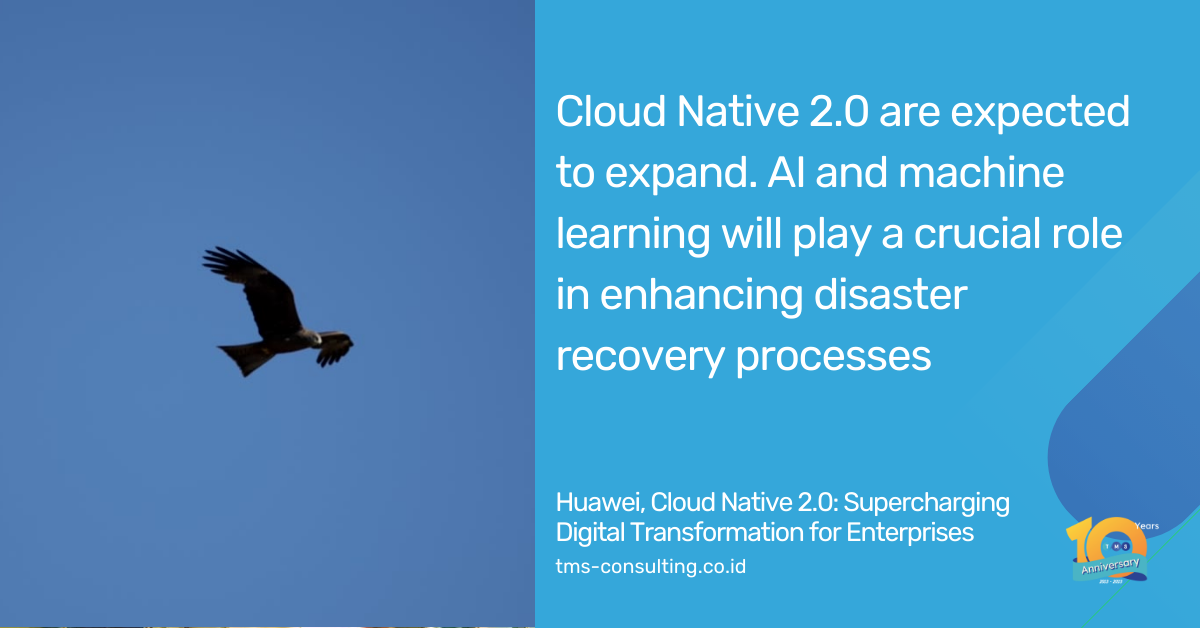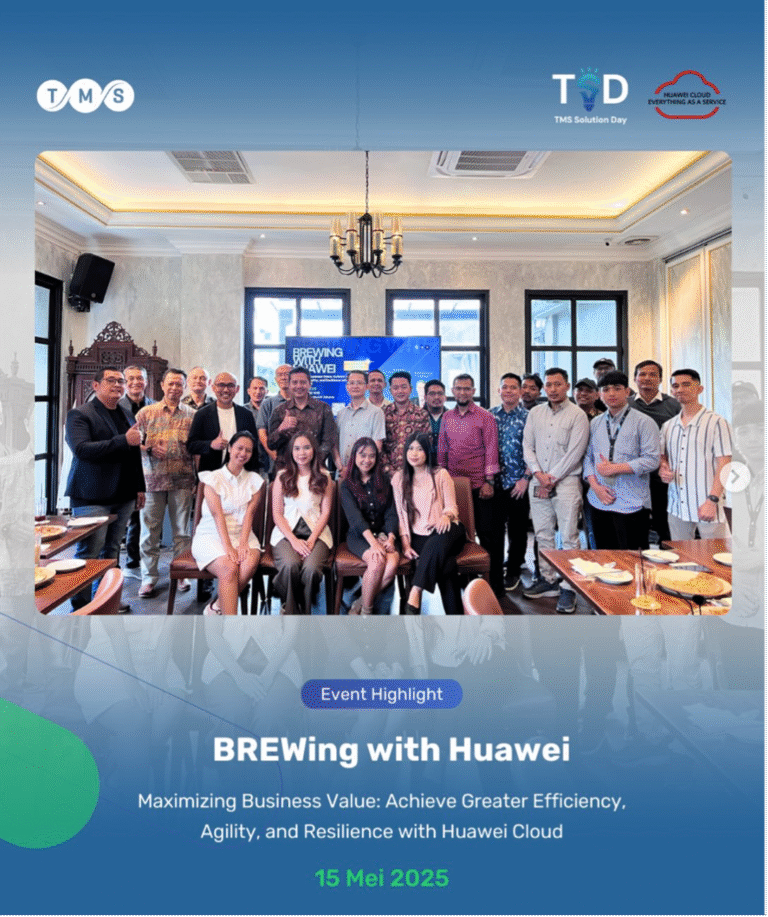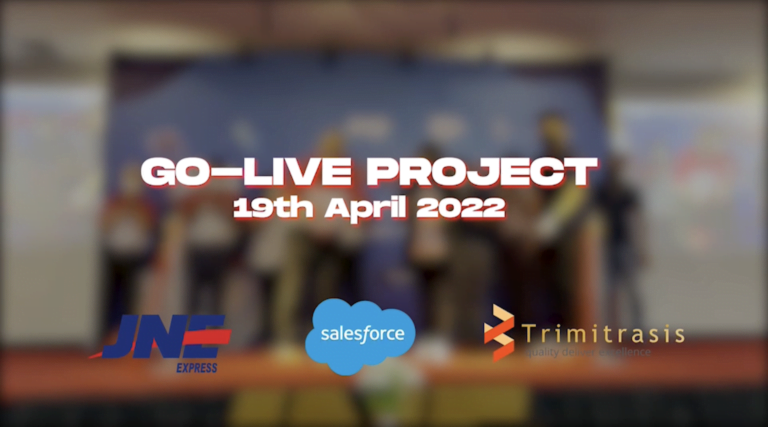The evolution of cloud computing has reached a significant milestone with the advent of Cloud Native 2.0, which is rapidly becoming the cornerstone of modern disaster recovery strategies. As businesses continue to transition to cloud-native environments, ensuring seamless recovery from unexpected disruptions is crucial. Cloud Native 2.0 introduces advanced technologies such as microservices, automation, and self-healing systems, offering companies the ability to minimize downtime and optimize disaster recovery.
What is Cloud Native 2.0?
Cloud Native 2.0 represents the next stage of cloud computing, focusing on enhancing disaster recovery through distributed systems, container orchestration, and multi-cloud architectures. It builds on the principles of Cloud Native 1.0, which revolutionized application development by enabling scalability and flexibility. With Cloud Native 2.0, businesses can now deploy sophisticated disaster recovery systems that are automated, scalable, and resilient.
Real-Life Examples of Cloud Native 2.0 in Action
Case Study: Netflix’s Microservices Architecture
A well-known example of Cloud Native 2.0 disaster recovery comes from Netflix. The streaming giant relies on a microservices architecture that allows individual services to fail without impacting the entire platform. When one service experiences a disruption, Netflix’s cloud-native infrastructure quickly reroutes traffic and redeploys the affected service in a healthy environment, ensuring minimal downtime for users. This approach exemplifies the power of Cloud Native 2.0 in real-world disaster recovery scenarios .
Key Features of Cloud Native 2.0 Disaster Recovery
- Microservices for Targeted Recovery: Cloud Native 2.0 applications are built on microservices, allowing for targeted recovery of specific services rather than the entire system. This drastically reduces downtime and recovery time.
- Automated Orchestration: With tools like Kubernetes, businesses can automate the deployment and scaling of containers. Kubernetes manages resources across multiple cloud environments, automatically responding to disruptions and ensuring that applications remain available.
- Self-Healing Systems: One of the standout features of Cloud Native 2.0 is its self-healing capabilities. These systems monitor performance continuously, detecting and correcting issues before they impact end-users.
- Multi-Cloud Strategy: Cloud Native 2.0 enables businesses to adopt multi-cloud strategies, distributing workloads across multiple cloud providers. In the event of a cloud provider outage, applications can be quickly migrated to another environment. This redundancy ensures high availability and minimizes the risk of a single point of failure.
Why Businesses Need Cloud Native 2.0 for Disaster Recovery
Traditional disaster recovery methods, which often rely on manual failover processes and scheduled backups, can be time-consuming and error-prone. Cloud Native 2.0’s automation and real-time recovery systems significantly reduce the mean time to recovery (MTTR), making it a more efficient and reliable solution.
Moreover, as businesses increasingly operate in multi-cloud environments, the ability to recover across different platforms. Cloud Native 2.0 allows companies to manage disaster recovery across these platforms, ensuring seamless operation regardless of where a failure occurs.
Future Outlook: Continuous Improvements in Cloud Native 2.0
As technology evolves, the capabilities of Cloud Native 2.0 are expected to expand. AI and machine learning will play a crucial role in enhancing disaster recovery processes. For instance, predictive analytics could be used to anticipate failures and proactively address potential issues, further reducing downtime.
Conclusion
The shift to Cloud Native 2.0 is transforming how businesses handle disaster recovery. By leveraging microservices, automation, and self-healing systems, organizations can reduce downtime, lower operational costs, and ensure that their applications remain available even during disruptions. With the growing adoption of multi-cloud strategies, Cloud Native 2.0 is poised to become the standard for disaster recovery in the coming years.
TMS Consulting is here to be your trusted partner on this exciting journey. With our commitment to Innovation, TMS Consulting can help you unlock your full potential and achieve sustainable growth in the digital age. As businesses continue to invest in cloud-native technologies, staying ahead of the curve with Cloud Native 2.0 will be crucial for ensuring resilience in an increasingly digital world.
Talk to us today and take the first step to being a part of the embracing digital transformation!
References:
techahead, Understanding design of microservices architecture at Netflix.
IBM, What is a disaster recovery plan (DRP)?.
Huawei, Cloud Native 2.0: Supercharging Digital Transformation for Enterprises






